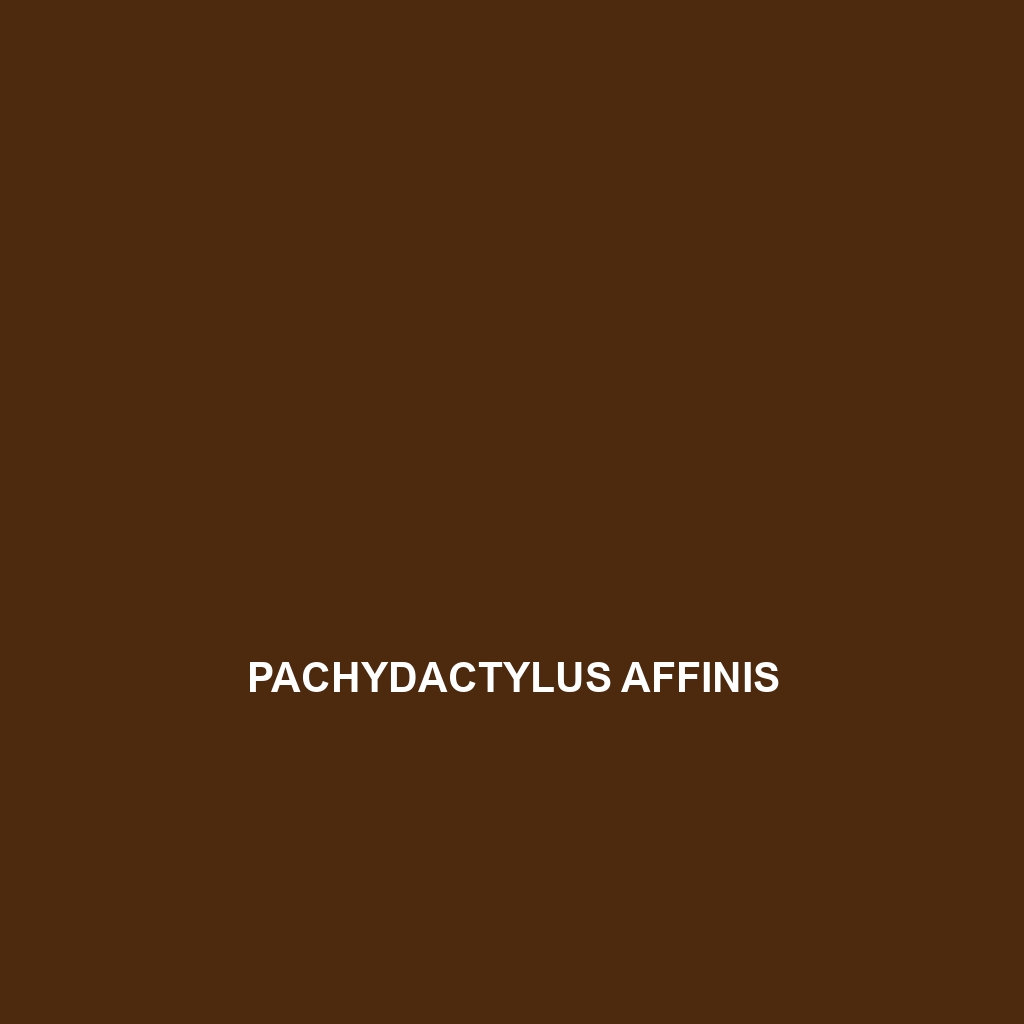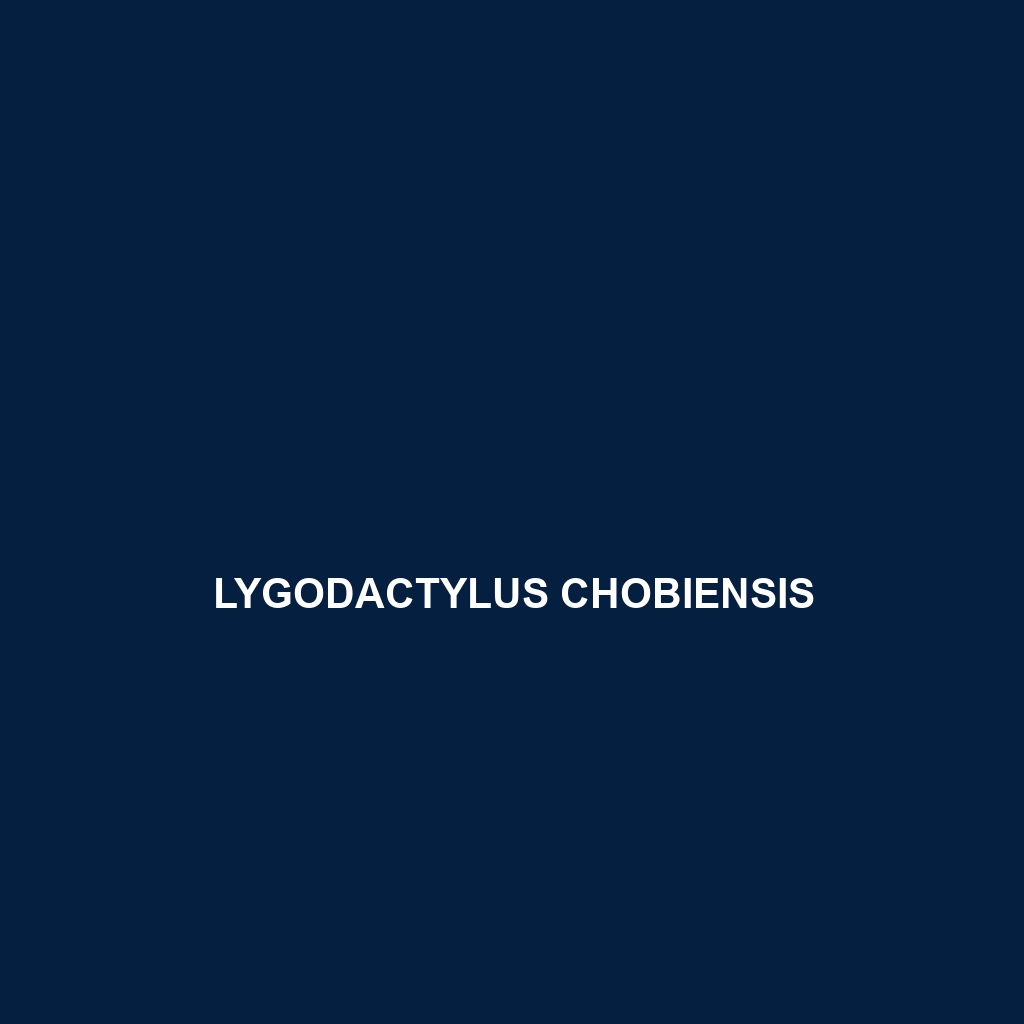Discover the <b>Pedioplanis undata</b>, commonly known as the sand lizard, a diurnal insectivore native to southern Africa's arid regions. With its distinctive mottled coloration and exceptional burrowing abilities, this species plays a crucial role in maintaining ecological balance while thriving in sandy habitats.
Tag: Namibia reptiles
Pedioplanis namaquensis
<p>Discover the <b>Pedioplanis namaquensis</b>, also known as the Namaqua Sand Lizard, native to arid regions of southwestern Africa. This agile, insectivorous lizard thrives in sandy habitats, showcasing remarkable adaptations for survival in harsh environments.</p>
Pachydactylus weberi
Introducing the Pachydactylus weberi, known as Weber's thick-toed gecko, a robust, nocturnal reptile from the arid regions of southwestern Africa. With its striking coloration for camouflage and specialized climbing abilities, this insectivorous gecko plays a crucial role in maintaining ecological balance by regulating insect populations.
Pachydactylus robertsi
<p><b>Pachydactylus robertsi</b>, or Roberts' Thick-toed Gecko, is a medium-sized, nocturnal gecko native to the arid regions of Namibia and South Africa, featuring a robust body, distinctive large flattened toes, and a diet primarily consisting of small invertebrates. This adaptable species exhibits a range of fascinating behaviors, including a unique defensive tactic of tail dropping, and plays a crucial ecological role as both predator and prey in its habitat.</p>
Pachydactylus mclachlani
<p><b>Pachydactylus mclachlani</b>, also known as McLachlan's Thick-toed Gecko, is a nocturnal insectivore native to the savannas and semi-arid regions of Namibia and South Africa. Known for its distinctive earthy-toned patterns and adaptability to harsh environments, this gecko plays a vital role in controlling insect populations and maintaining ecological balance.</p>
Pachydactylus maiatoi
<b>Pachydactylus maiatoi</b>, a slender gecko native to arid regions of southwestern Africa, features large, flattened toes for climbing and exhibits nocturnal hunting behavior primarily on insects. With a coloration that blends seamlessly into rocky environments, this species plays a vital role in its ecosystem by regulating insect populations and serving as a prey item for larger predators.
Pachydactylus affinis
<p><b>Pachydactylus affinis</b>, a resilient gecko native to Namibia and South Africa, thrives in arid environments and exhibits distinctive mottled skin for camouflage. This nocturnal insectivore features large, bulbous toes for climbing and plays a crucial role in controlling insect populations within its ecosystem.</p>
Lygodactylus capensis
The Cape Dwarf Gecko (Lygodactylus capensis) is a small, diurnal reptile native to southern Africa, renowned for its adaptability to various habitats, vibrant coloration, and role in controlling insect populations. With a body size of 5 to 10 centimeters, it features smooth scales, adhesive toe pads for climbing, and can regenerate its tail as a defense mechanism.
Crotaphopeltis degeni
Discover the Crotaphopeltis degeni, also known as the Southern Brown Snake, a non-venomous reptile from subtropical Africa, characterized by its slender body, intricate patterning, and a length of 70 to 100 cm. This nocturnal predator plays a vital role in controlling local ecosystems by feeding on small rodents and lizards, while also providing crucial biodiversity as prey for larger species.
Cordylus minor
Discover the <b>Cordylus minor</b>, or lesser girdled lizard, a robust species native to the semi-arid environments of southern Africa, measuring 10 to 15 centimeters in length, known for its agility, distinctive spiny scales, and diverse diet of insects and arachnids. This adaptable lizard plays a crucial role in its ecosystem, aiding in insect population regulation while showcasing remarkable camouflage abilities.









